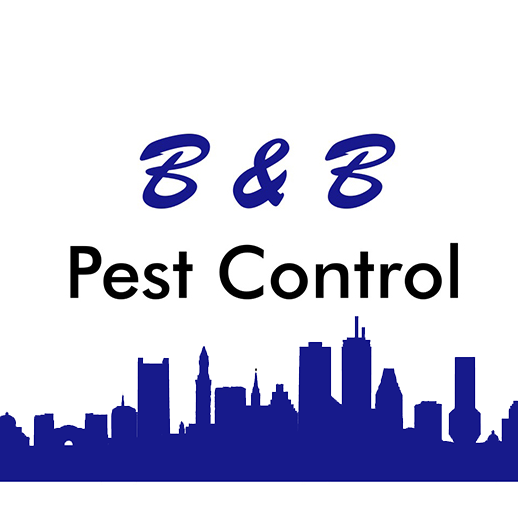Orb-weaver spiders create webs that are remarkably effective at trapping prey. Most spider webs successfully keep prey ensnared until the spider returns for its meal. However, it is not uncommon for spiders and insects to escape spider webs before they are consumed. The orb-weaver, on the other hand, builds webs that don’t seem special to the naked eye, but their webs are strong enough to keep nearly all prey restrained, with no chance for escape. Researchers have noticed that insects rarely escape from the webs made by orb-weavers, so they ran some tests on the mysterious webs. But after examining the webs, scientists found nothing special about them. Recently a team of researchers took another crack at understanding the strength hidden in orb-weaver webs. The researchers discovered that captured insect-prey make orb-weaver webs stickier.
According to a recent study, researchers have discovered that the waxy coating covering insects can interact with fibers from the OW’s webs. This interaction causes the webs to adhere more tightly to the trapped insects. Therefore, the webs alone are not in any way remarkable, but when they interact with an insect’s excretions, the OW’s webs behave like glue.
Orb-weaver spiders make their webs from thin Nano fibers. These fibers are excreted through an organ on the spider that is known as a cribellum. The cribellum is the most primitive silk-producing organ, and it can only produce silk threads that are super thin and basic. These basic silk threads have been ignored by the scientific community because many experts were under the impression that there was not much left to learn about these threads. However, according to Brent Opell, a researcher at Virginia Tech, these primitive strands of basic silk could have a much wider range of adhesive properties that have yet to be explored.
Do you think that there could, and/or should, be more industrial uses for spider silk?
Stay up to date with the latest information and deals!

